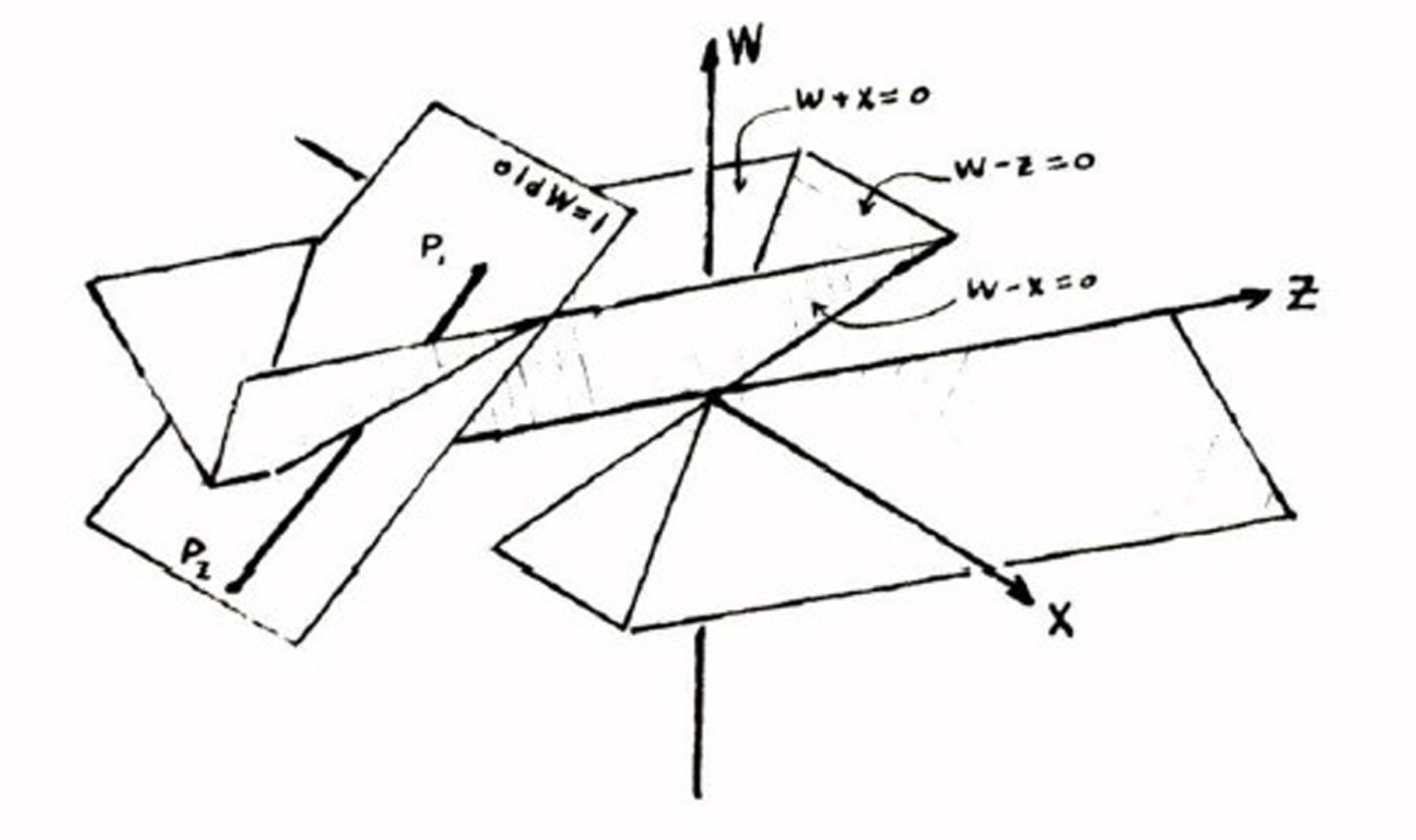“Clipping using homogeneous coordinates” by Blinn and Newell
Conference:
Type(s):
Title:
- Clipping using homogeneous coordinates
Presenter(s)/Author(s):
Abstract:
Clipping is the process of determining how much of a given line segment lies within the boundaries of the display screen. Homogeneous coordinates are a convenient mathematical device for representing and transforming objects. The space represented by homogeneous coordinates is not, however, a simple Euclidean 3-space. It is, in fact, analagous to a topological shape called a “projective plane”. The clipping problem is usually solved without consideration for the differences between Euclidean space and the space represented by homogeneous coordinates. For some constructions, this leads to errors in picture generation which show up as lines marked invisible when they should be visible. This paper will examine these cases and present techniques for correctly clipping the line segments.
References:
1. Barr, S., Experiments in Topology, Thomas Y. Crowell Co., New York, 1964.
2. Riesenfeld, R. F., “Homogeneous Coordinates and Projective Planes in Computer Graphics”, JACM, to appear.
3. Roberts, L. G., “Homogeneous Matrix Representation and Manipulation of N-Dimensional Constructs”, MIT Lincoln Laboratory, MS 1405, May 1965.
4. Sutherland, I. E., and Hodgman, G. W., “Reentrant Polygon Clipping”, CACM, Vol 17, No 1 (Jan 1974), pg 40.




